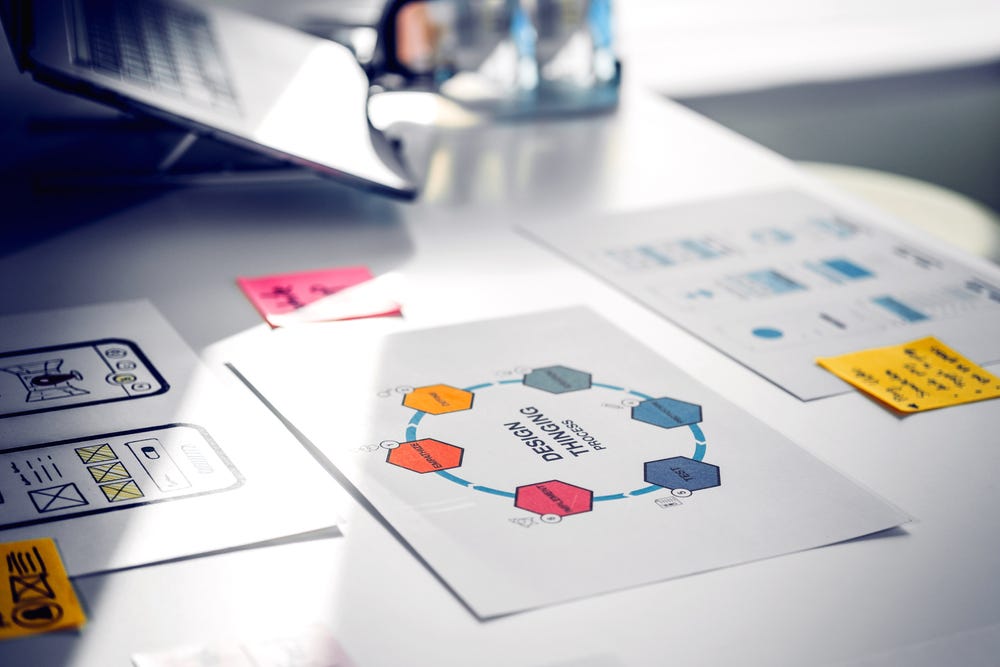Frictionless design represents a transition toward digital products that grant you immediate access with minimal interruption, with this metamorphosis gaining remarkable momentum in 2025 as user expectations continue rising. You’ve likely become accustomed to streaming a movie in seconds, authenticating with a quick biometric scan and moving through digital tasks without confronting confusing pathways or long forms. Companies across industries have responded by removing unnecessary steps from onboarding flows, simplifying logins through passkeys and WebAuthn standards and redesigning interfaces around predictable micro-interactions that feel supportive rather than disruptive.
As these practices spread, frictionless UX has started shaping how you and others engage with tools across entertainment, healthcare, education and finance, creating a standard where ease of entry signals credibility. In fact, almost 40% of companies worldwide are now deploying some form of passwordless authentication, a significant rise that shows how closely ease and trust are now intertwined. This broader cultural embrace of immediacy demonstrates how convenience, trust and loyalty influence your experience as a user, influencing everything from product perception to long-term satisfaction.
Why anticipating user behavior defines modern UX
This pattern is reinforced by strong evidence: passwordless adoption has climbed rapidly, with major companies reporting far higher success rates when moving away from traditional credentials. As expectations increase, frictionless UX is becoming a baseline rather than a luxury, influencing how users judge reliability, trustworthiness and overall brand quality. For designers, this means paying close attention to what feels natural to you and establishing entry points that remove hesitation while still maintaining a strong security posture.
Because you experience countless interfaces every day, your tolerance for friction continues shrinking, pushing businesses to rethink what “usable” truly means. Instead of expecting you to adapt to rigid structures, modern platforms are moving toward flows that anticipate how you think, what you look for and where confusion might arise. This emphasis on anticipation is helping companies construct climates that feel welcoming, intuitive and capable of responding to your needs in real time.
Why instant access drives engagement, trust and retention
Instant access serves as a central driver of user satisfaction, particularly if you rely on speed and clarity to feel confident about a new product. When an app launches without delay, when checkout requires just a tap or when authentication happens through biometrics, the experience feels like it matches your pace and priorities. Businesses are highly motivated to meet this demand because small improvements in access speed often translate into noticeable increases in conversion, retention and long-term loyalty. As digital competition intensifies, instant access has become one of the simplest and most measurable ways to create a positive first impression.
Industry research highlights that traditional passwords lead to abandoned sessions at striking rates, while systems powered by device-based cryptographic keys or passkeys offer stronger security alongside a smoother flow. As 2025 progresses, companies in finance, health, e-commerce and entertainment continue adopting these methods to reduce onboarding friction and strengthen security without overwhelming you. This widespread push toward instant access reflects a deeper shift in user expectations: people expect digital products to adjust to their behavior, preferences and context. Today, frictionless UX supports that expectation by making every interaction feel purposeful, fluid and aligned with how you naturally navigate digital spaces.
How authentication shapes frictionless experiences
Authentication is central to frictionless UX, as users increasingly expect stronger security alongside faster access. Passwordless methods, such as biometrics, passkeys and security keys, remove the frustration of remembering passwords. Passkey-based systems achieve high login success rates, outperform legacy methods and reduce support costs, creating backdrops where you feel secure without sacrificing speed. This shift impacts many sectors, including online gaming and comparison platforms, where smooth access is essential to your comfort and trust.
In this context, the evolution of casino comparison sites illustrates the value of frictionless entry. In illustration, Kasinoranking.com has grown steadily since 2018 through simple navigation, editorial-driven content and a layout built to help players like you find trustworthy casinos without friction. Its team has expanded alongside rising demand for cleaner, faster digital experiences, showing how intuitive authentication and well-structured pathways strengthen engagement. As frictionless login becomes more common across industries, you increasingly expect to reach the content or service you want in seconds, reinforcing the idea that speed and trust now go hand in hand.
Broader product flows shaped by frictionless thinking
Frictionless thinking shapes entire product journeys, prompting designers to remove obstacles that slow or confuse you across multiple touchpoints. Micro-interactions, like gentle animations, responsive buttons or brief confirmation cues, signal that the system works with you, building confidence and strengthening your connection to the product. Human-centered AI enhances this by adapting flows to your behavior, presenting relevant actions at the right moments and reducing unnecessary friction.
Inclusive design is another key development, supporting instant access for users with diverse abilities, devices or technical familiarity. Emerging authentication research explores solutions for users with low vision, simplifying access without compromising independence or safety. These efforts reflect a broader trend toward universal, adaptable UX, where clear, logical interactions benefit everyone. As products develop, they increasingly rely on these subtle design choices to maintain your trust and deliver experiences that feel effortless.
End Note: Balancing convenience, security and long-term user expectations
The move toward instant access introduces important challenges, especially when designers must balance convenience and security in a world where digital threats continue evolving. While frictionless UX emphasizes speed, certain situations still benefit from intentional pauses, such as financial transfers or account changes, where confirmation protects you from mistakes or fraud. Designers also must consider users who cannot rely on biometrics or the latest device capabilities, making strong and thoughtful fallback methods essential.
The rapid rise of behavioral and cryptographic authentication technologies is sculpting future expectations, and these systems need careful implementation to avoid making you feel monitored or restricted. The goal is to create experiences that feel natural, supportive and secure each time you interact. As connected devices multiply, expectations for instant access keep rising, pushing companies to refine their approach. Frictionless UX meets these expectations by removing barriers, reinforcing trust and creating a fluid, human-centered relationship between you and the products you use.




